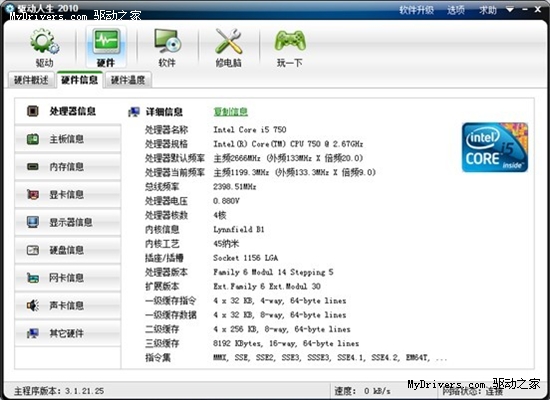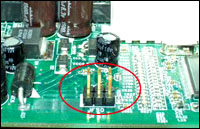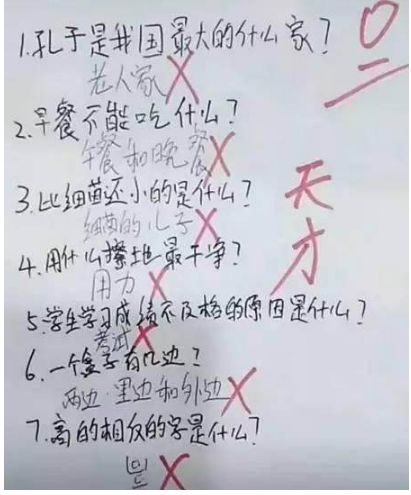介绍
任何编程都提出代码复用,否则话每次开发一个新程序或者写一个新功能都要全新编写的话,那就歇菜了,但是代码复用也是有好要坏,接下来的两篇文章我们将针对代码复用来进行讨论,第一篇文避免篇,指的是要尽量避免使用这些模式,因为或多或少有带来一些问题;第二排是推荐篇,指的是推荐大家使用的模式,一般不会有什么问题。
模式1:默认模式
代码复用大家常用的默认模式,往往是有问题的,该模式使用Parent()的构造函数创建一个对象,并且将该对象赋值给Child()的原型。我们看一下代码:
function inherit(C, P) {
C.prototype = new P();
}
// 父构造函数
function Parent(name) {
this.name = name || 'Adam';
}
// 给原型添加say功能
Parent.prototype.say = function () {
return this.name;
};
// Child构造函数为空
function Child(name) {
}
// 执行继承
inherit(Child, Parent);
var kid = new Child();
console.log(kid.say()); // "Adam"
var kiddo = new Child();
kiddo.name = "Patrick";
console.log(kiddo.say()); // "Patrick"
// 缺点:不能让参数传进给Child构造函数
var s = new Child('Seth');
console.log(s.say()); // "Adam"
这种模式的缺点是Child不能传进参数,基本上也就废了。
模式2:借用构造函数
该模式是Child借用Parent的构造函数进行apply,然后将child的this和参数传递给apply方法:
// 父构造函数
function Parent(name) {
this.name = name || 'Adam';
}
// 给原型添加say功能
Parent.prototype.say = function () {
return this.name;
};
// Child构造函数
function Child(name) {
Parent.apply(this, arguments);
}
var kid = new Child("Patrick");
console.log(kid.name); // "Patrick"
// 缺点:没有从构造函数上继承say方法
console.log(typeof kid.say); // "undefined"
缺点也很明显,say方法不可用,因为没有继承过来。
模式3:借用构造函数并设置原型
上述两个模式都有自己的缺点,那如何把两者的缺点去除呢,我们来尝试一下:
// 父构造函数
function Parent(name) {
this.name = name || 'Adam';
}
// 给原型添加say功能
Parent.prototype.say = function () {
return this.name;
};
// Child构造函数
function Child(name) {
Parent.apply(this, arguments);
}
Child.prototype = new Parent();
var kid = new Child("Patrick");
console.log(kid.name); // "Patrick"
console.log(typeof kid.say); // function
console.log(kid.say()); // Patrick
console.dir(kid);
delete kid.name;
console.log(kid.say()); // "Adam"
运行起来,一切正常,但是有没有发现,Parent构造函数执行了两次,所以说,虽然程序可用,但是效率很低。
模式4:共享原型
共享原型是指Child和Parent使用同样的原型,代码如下:
function inherit(C, P) {
C.prototype = P.prototype;
}
// 父构造函数
function Parent(name) {
this.name = name || 'Adam';
}
// 给原型添加say功能
Parent.prototype.say = function () {
return this.name;
};
// Child构造函数
function Child(name) {
}
inherit(Child, Parent);
var kid = new Child('Patrick');
console.log(kid.name); // undefined
console.log(typeof kid.say); // function
kid.name = 'Patrick';
console.log(kid.say()); // Patrick
console.dir(kid);
确定还是一样,Child的参数没有正确接收到。
模式5:临时构造函数
首先借用构造函数,然后将Child的原型设置为该借用构造函数的实例,最后恢复Child原型的构造函数。代码如下:
/* 闭包 */
var inherit = (function () {
var F = function () {
};
return function (C, P) {
F.prototype = P.prototype;
C.prototype = new F();
C.uber = P.prototype;
C.prototype.constructor = C;
}
} ());
function Parent(name) {
this.name = name || 'Adam';
}
// 给原型添加say功能
Parent.prototype.say = function () {
return this.name;
};
// Child构造函数
function Child(name) {
}
inherit(Child, Parent);
var kid = new Child();
console.log(kid.name); // undefined
console.log(typeof kid.say); // function
kid.name = 'Patrick';
console.log(kid.say()); // Patrick
var kid2 = new Child("Tom");
console.log(kid.say());
console.log(kid.constructor.name); // Child
console.log(kid.constructor === Parent); // false
问题照旧,Child不能正常接收参数。
模式6:klass
这个模式,先上代码吧:
var klass = function (Parent, props) {
var Child, F, i;
// 1.
// 新构造函数
Child = function () {
if (Child.uber && Child.uber.hasOwnProperty("__construct")) {
Child.uber.__construct.apply(this, arguments);
}
if (Child.prototype.hasOwnProperty("__construct")) {
Child.prototype.__construct.apply(this, arguments);
}
};
// 2.
// 继承
Parent = Parent || Object;
F = function () {
};
F.prototype = Parent.prototype;
Child.prototype = new F();
Child.uber = Parent.prototype;
Child.prototype.constructor = Child;
// 3.
// 添加实现方法
for (i in props) {
if (props.hasOwnProperty(i)) {
Child.prototype[i] = props[i];
}
}
// return the "class"
return Child;
};
var Man = klass(null, {
__construct: function (what) {
console.log("Man's constructor");
this.name = what;
},
getName: function () {
return this.name;
}
});
var first = new Man('Adam'); // logs "Man's constructor"
first.getName(); // "Adam"
var SuperMan = klass(Man, {
__construct: function (what) {
console.log("SuperMan's constructor");
},
getName: function () {
var name = SuperMan.uber.getName.call(this);
return "I am " + name;
}
});
var clark = new SuperMan('Clark Kent');
clark.getName(); // "I am Clark Kent"
console.log(clark instanceof Man); // true
console.log(clark instanceof SuperMan); // true
怎么样?看着是不是有点晕,说好点,该模式的语法和规范拧得和别的语言一样,你愿意用么?咳。。。
总结
以上六个模式虽然在某种特殊情况下实现了某些功能,但是都存在各自的缺点,所以一般情况,大家要避免使用。















